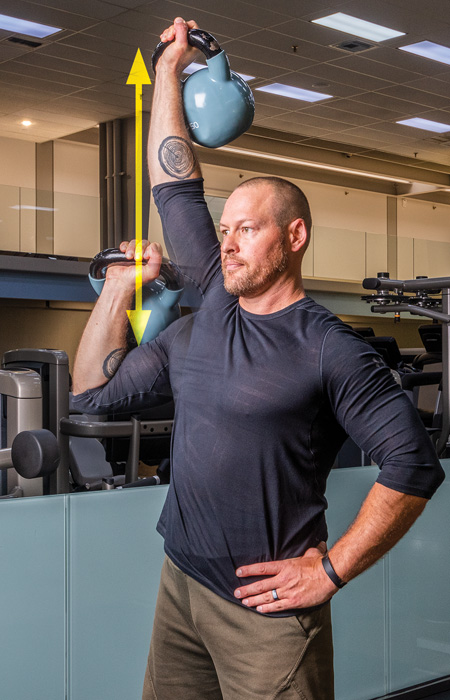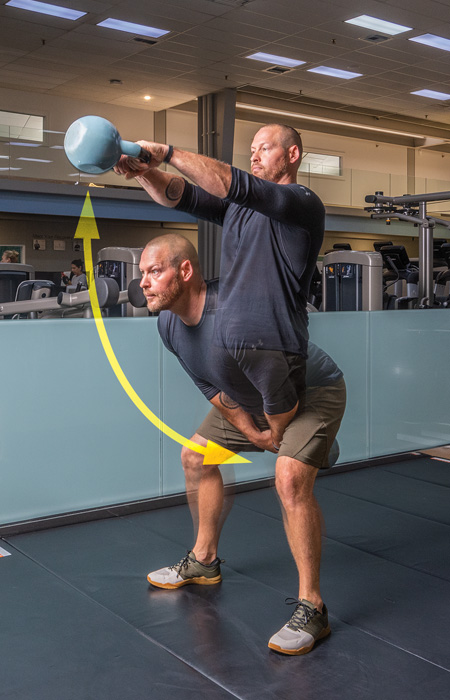By Josh Biard and Mike Keisling
We are officially into 2021 and the growth we have seen in the golf industry is showing zero signs of slowing down. Golf courses and practice facilities all throughout Dallas/Fort Worth have been beyond busy. I hope the weather will remain mild and allow us all the ability to continue enjoying the health benefits and mental reprieve an enjoyable day on the golf course has to offer. We are experiencing a movement in the game of golf that has brought new participants, as well as re-energized those actively enjoying the sport. Speaking of movement, how is yours as it relates to making a golf swing?
The way your body moves directly affects how you swing the golf club. To be more specific, we want to focus on the movement of rotation. Why is rotation so important?
Rotation plays a critical role in the structure of the backswing
Rotation helps the golfer manage the clubface throughout the swing
Rotation allows for a more consistent delivery of the club through impact
Rotation is a key component to generate speed to hit the ball further
The goal of this article is not to focus on golf instruction. You will be amazed at the changes you can make to your golf swing by focusing on movement, as opposed to “swing positions.” Trying to make certain “swing positions” in the backswing will oftentimes limit rotation, thus inhibiting the body from moving properly. We will focus on some simple movement exercises you can do to help you enjoy this great game even more.
Backswing Structure
Stop the Shift and Slide. Proper rotation of the hips and shoulders in the backswing creates the hand depth needed to promote a shallowing of the downswing.
Management of the Clubface
Let’s keep that clubface square to the path and rotate through the hitting area. If we are trying to manage the clubface on the downswing then we are stopping our rotation, which causes inconsistencies with impact and loss of clubhead speed.
Impact
Do you struggle with consistency of contact? When rotation stops on the downswing, your body will often go into early extension. This “standing up” through the hitting area will result in inconsistencies at the moment of impact and lead to misses right or left as well as heavy or thin shots.
Generating Power
Power in the golf swing refers to the amount of speed you are able to generate. Now that we have created more hand depth due to more rotation in the backswing, we can rotate freely through the ball, instead of back to the ball. Do not try to manage impact; it will stop your rotation and decrease your power.
Now that you understand the importance of rotation and how it affects several critical areas of your swing, let’s go over some of my favorite exercises for improving rotation.
Pelvic and Thoracic Rotations
Equipment Needed: None. This exercise can be performed anytime, anywhere.
If needed, a golf club can be used to help get in the right position.
Cross your hands over your shoulders.

Rotate your hips without moving your shoulders.
Rotate your shoulders without moving your hips.
The ability to disassociate lower and body is a critical component of the stability needed for swing rotation.
Kneeling Pallof Press
Equipment Needed: Cable machine or band.
Start in a kneeling position with hands at chest level.
Keep the trunk and hips square throughout the movement.

Push the hands out parallel to the ground to a straight-arm position before returning them slowly toward the body.
Engage the core and control the movement with slow consistency.
Perform three sets of 12 repetitions on both sides.
Medicine Ball Rotation Throws
Equipment Needed: Medicine ball of challenging weight and a solid wall; rebounder or partner to toss the ball to.
Begin around 3-5 feet from the wall/rebounder/partner with your feet and body in a swing-ready position.

While maintaining full-range swing mechanics and keeping the core engaged, rotate and explosively toss the medicine ball; return and repeat.
Perform three sets of eight repetitions on each side.